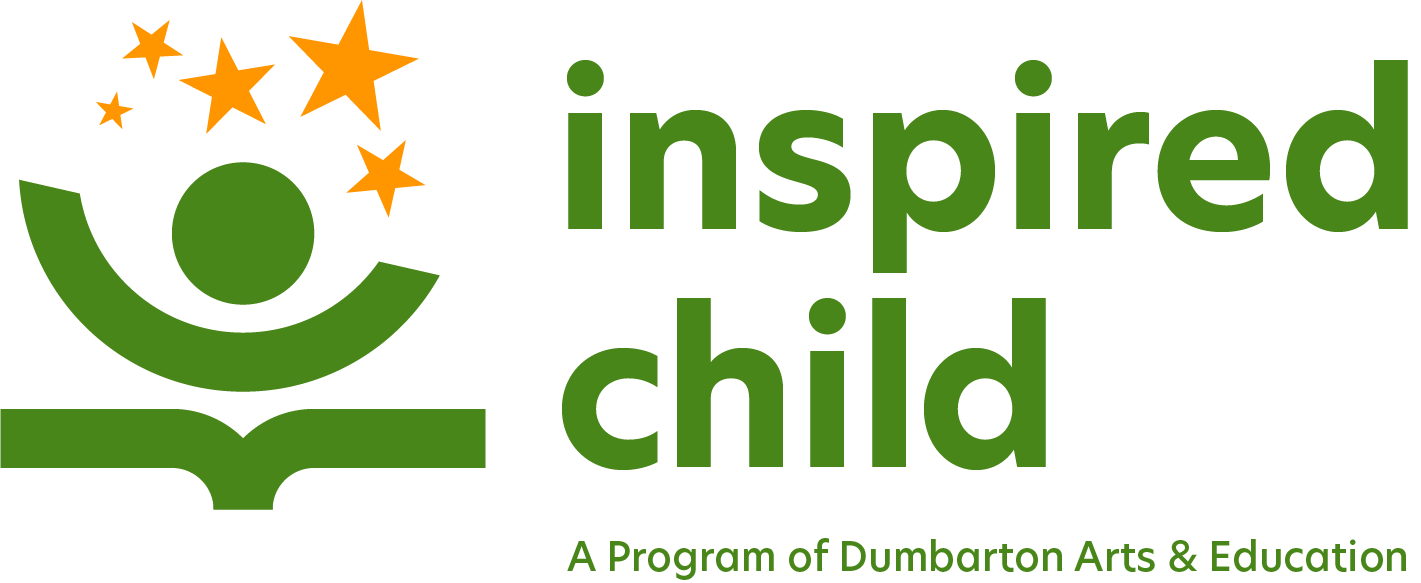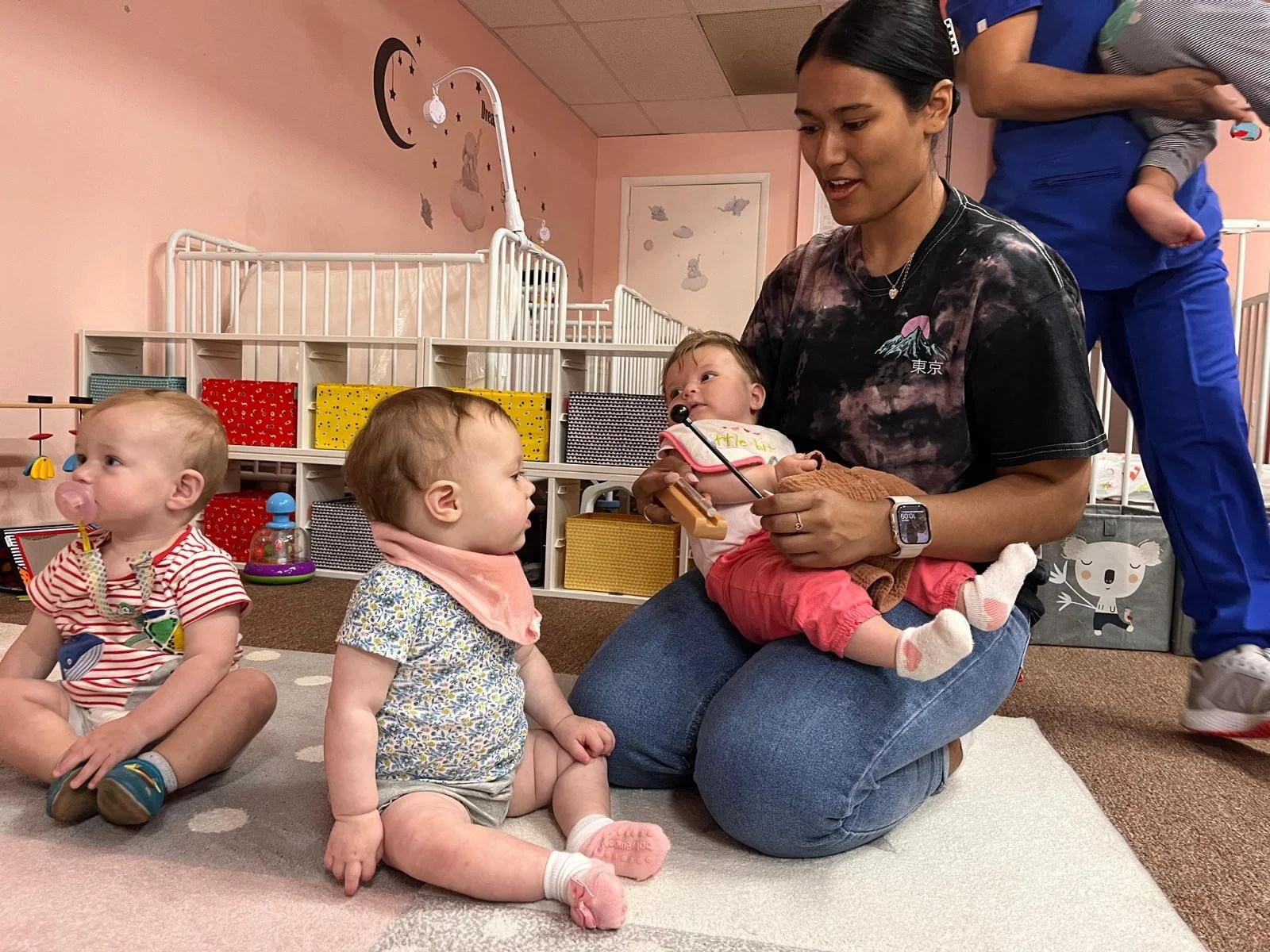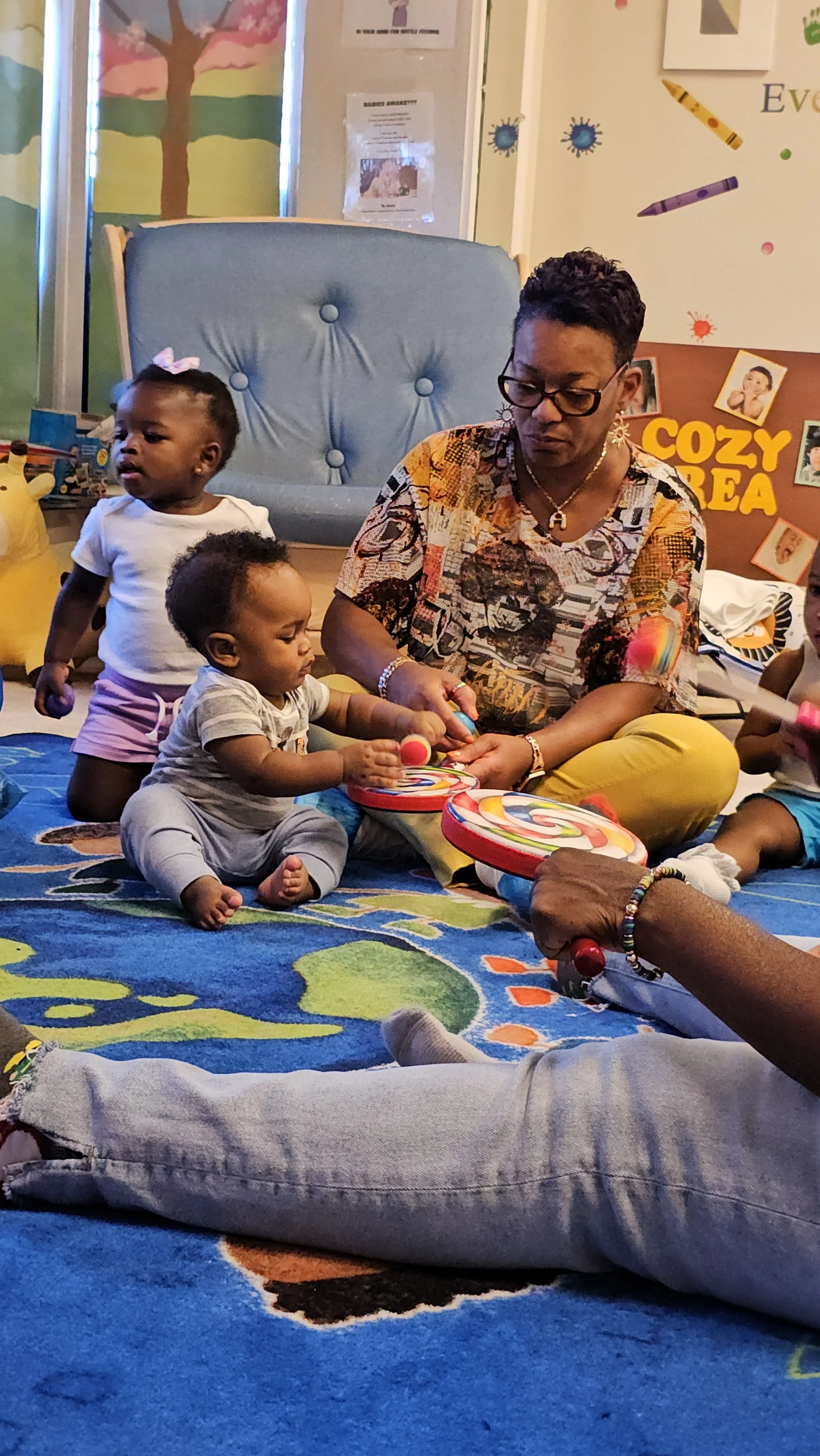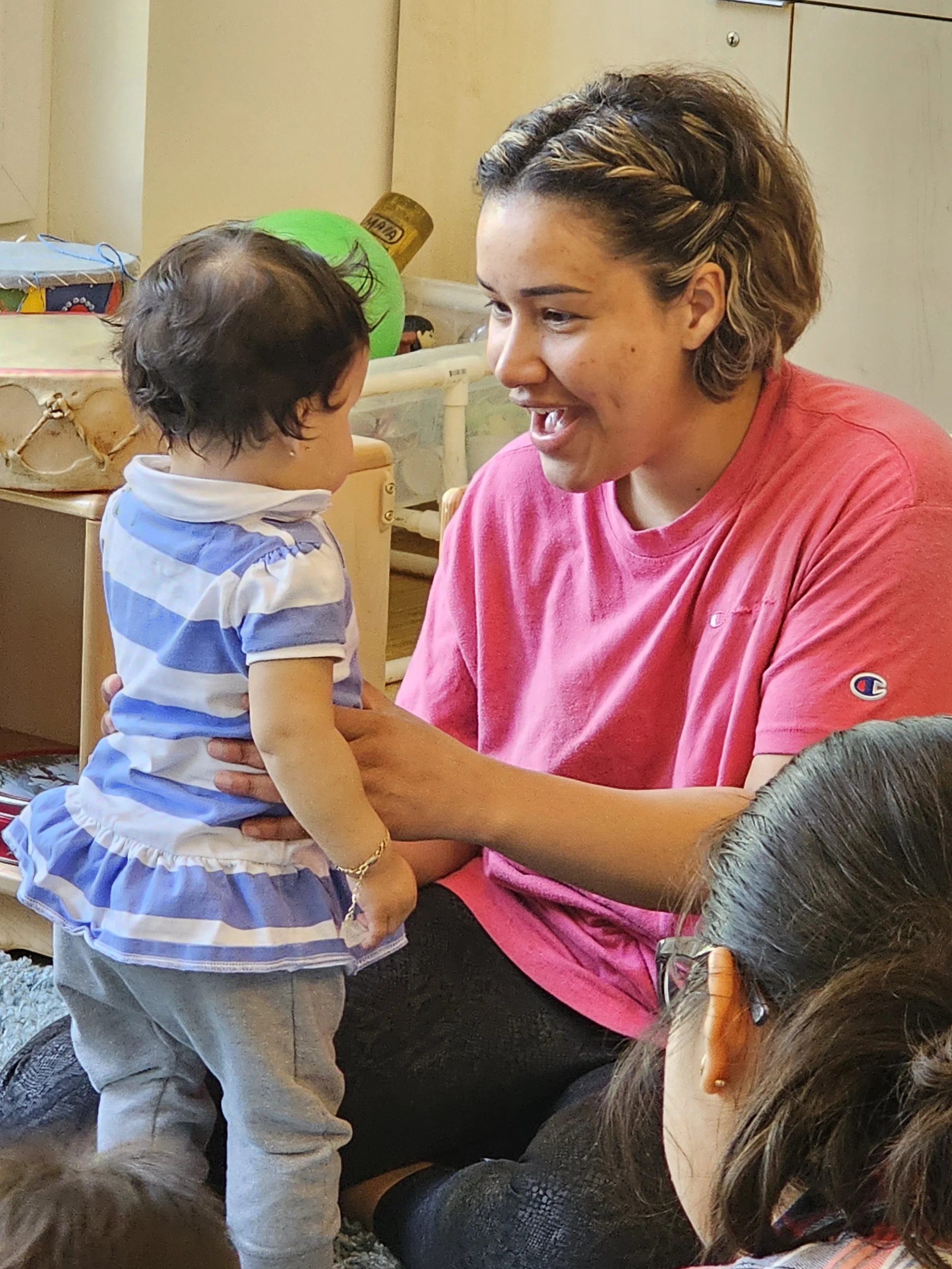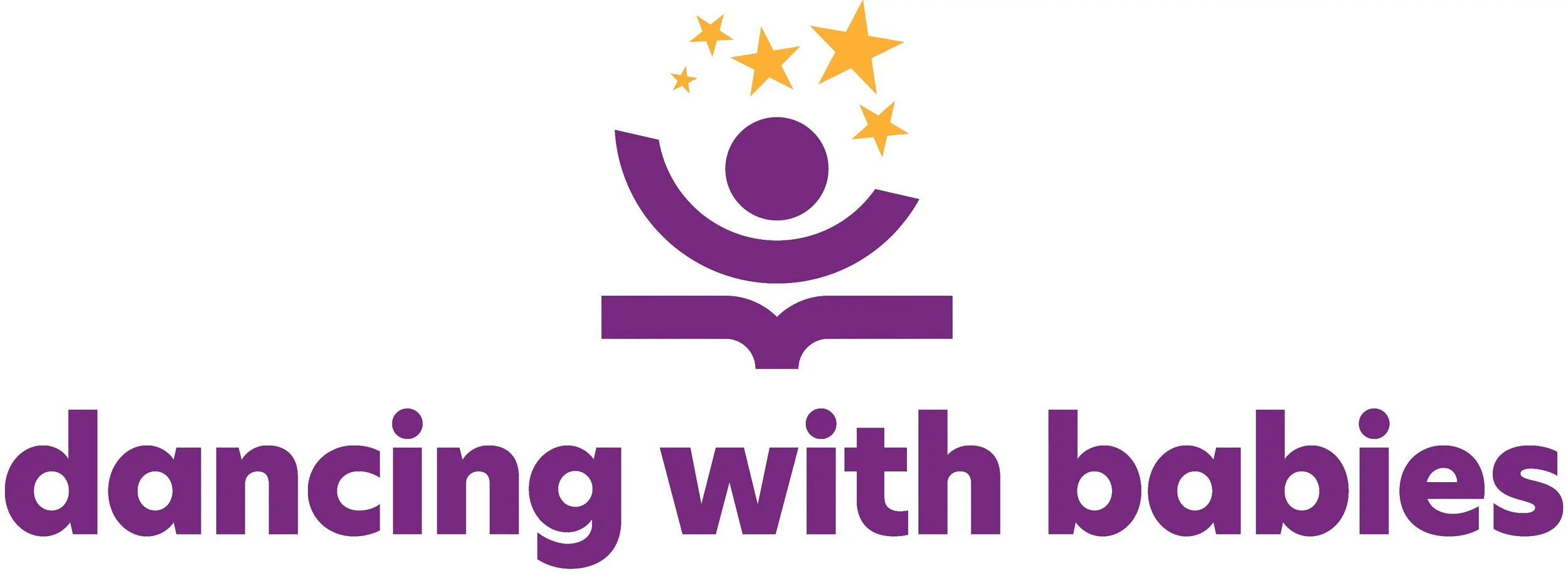
a sound/ movement/ and rhythm flow for infants and toddlers
Why Dancing With Babies™ is important
This simple flow was designed based on evidence from infant brain science. A flow is a series of sections, done in a consecutive order, integrating sound, movement and rhythm that support babies’ brain development and bonding with caregivers. Exposing babies to developmentally appropriate sounds, movements and rhythms will support their language acquisition, cognitive development, motor skills, and social skills
Babies are sensitive to sounds from before birth
The sounds babies hear in the first year of life can influence their sensitivity to music and language, which in turn can support pre-literacy abilities in the early years, as well as communication and reading later in life.
Babies love and need to move
When we hold and move with our babies, we are providing a source of touch and connection. When we move in time to rhythm, we are helping babies brains integrate the sounds they hear with the movement of their bodies—this becomes an important form of brain-body connection, which supports babies’ learning and growth.
Build a foundation with connection to others for life
Singing and moving to the beat with your baby promotes bonding and social emotional skills that will support your baby’s future relationships.
How to do the Dancing With Babies™ flow
1. Opening
Sitting with your baby in your lap, breathe deeply and strike a chime one time to get your baby’s attention. Listen as the note plays. Make eye contact and sing “ahhh… ohhh…ahhh.. ohhh…” several times using different notes for each sound. Any note for the sounds will work!
2. click surprise
Standing, make fun clicking sounds with your tongue while bouncing up and down to a regular beat. Keep bouncing or stepping in time, then pause and watch your baby’s face as they wait for you to start again. Experiment with different sounds.
CLICK, CLICK, CLICK
3. percussion heartbeat
Sitting on the floor, play the slow steady rhythm of a heartbeat on a drum. Let your baby play along with a shaker or drum in whatever way they are able. Experiment with tempo (slow, fast) and volume (soft, loud.)
Lub-Dub. Lub-Dub. Lub-Dub
4. Lullaby Parade
Standing, holding your baby in your arms, sing a sweet, soft rhythmic melody beginning with “oom-pa-pa, oom-papa”. Sway side to side and rock your baby as you move through space around the room.
OOM-PA-PA, OOM-PA-PA
5. closing
To end the flow, start just how we began. Sit on the floor, hold your baby and breathe deeply. Make eye contact and sing “ahhh… ohhh…ahhh.. ohhh…” ring the chime one time to end the flow.
DING!
tips & tricks
Calm the nervous system
Breathing, singing and humming calms your nerves and promotes the health and well-being of you and your baby.
Move in unison
Connecting to a common beat and eye contact gives infants a sense of community, which will help them create relationships later in life.
Combine sound and movement
The most important part of this flow is using your voice and body at the same time.
Be creative!
If you don’t have musical instruments- improvise. Instead of a chime, tap on a glass of water using a metal spoon. A household object and a wooden spoon can be a drum.
Take your time
Each section should last as long as your baby is engaged. Tune in to your baby’s mood and body language to determine when it’s time to move on.
Practice!
Getting ‘into the flow’ is easier with repetition- keep doing it!
bring dancing with babies™ to your community!
Inspired Child offers Dancing With Babies in the community through workshops, residencies, and professional development. Contact us if you are interested in learning more about the Dancing With Babies flow or would like to partner with Inspired Child.
The Dancing With Babies flow can be used in child care classrooms, family workshops, or at home. We would love to connect with you!
Email us at info@inspired-child.org or fill out the form below
